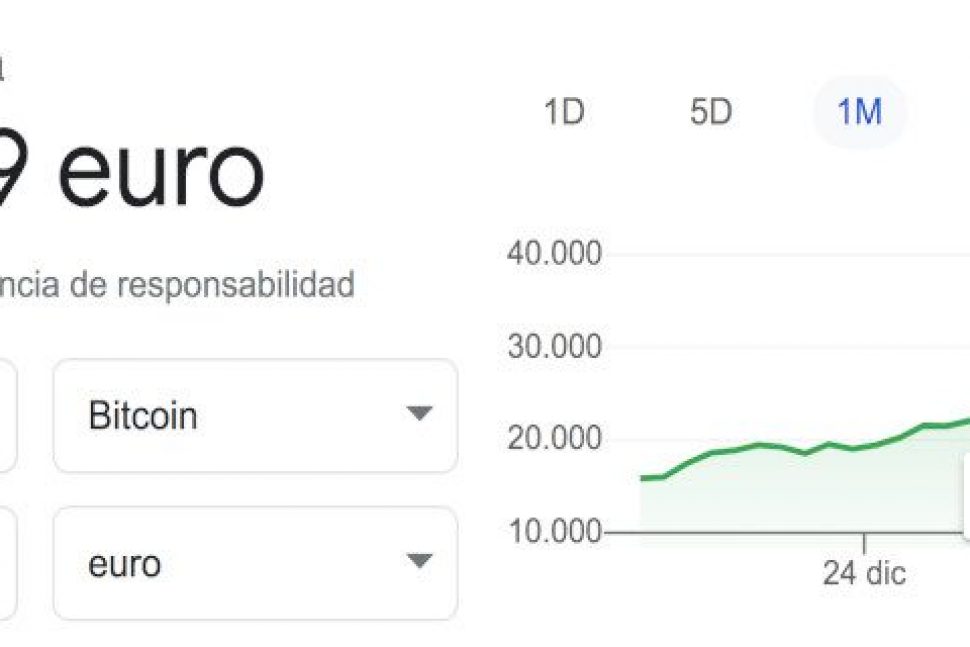We already told you about Fibonacci's setbacks when we explained that they were technical and fundamental analysis. At that time they came up because they are one of the most interesting tools to perform technical analyses. This time we want to dig a little deeper into them to detail how to correctly use Fibonacci retracements in trading.
This list of numbers owes the name to its creator: the Italian mathematician Leonardo Pisano – known as Fibonacci – who, back in the 13th century, unveiled the Fibonacci sequence. An infinite succession of numbers, from which the golden number is extracted,and which is continuously present in our lives, even if it goes unnoticed: in architecture, in nature, in biology… In many of the things around us every day.
0 – 1 – 1 – 2 – 3 – 5 – 8 – 13 – 21 – 34 – 55 – 89 – 144 – 233 – 377 – 610
In fibonacci succession, eachnumber is the result of adding the previous two. To find the golden number you will have to divide a number by which you follow:
144/233 x 0.618.
From this figure we will reach fibonacci retracements which, focusing on its direct relationship with trading, are the levels at which the value of an asset will most likely fall back when both an uptrend and bearish trend is over. They are horizontal lines, starting from these Fibonacci levels, and represent the supports (the point at which the price stops falling) and the resistors (when it does not rise anymore). Fibonacci retracements are:
- 23,6 %
- 38,2 %
- 50 %
- 61,8 %
- 100 %
61.8% is extracted directly from the golden number. 38.2% is the result of dividing one of the fibonacci series numbers by the figure that is two places later:
144/377 x 0.3819.
23.6% is the division by the number in the top three positions:
144/610 x 0.2360.
To these numbers, to complete the levels, 50% and 100% are joined. These percentages are what make Fibonacci retracements usable in forex broker trading.
How to use Fibonacci series on Forex?
The application of a trading strategy with Fibonacci is to expect the prices of financial assets to recede to the levels marked after a strong swing. If the trend has been bearish, the retracement will increase the price to 61.8%, with brakes at 38.2% and 50%. In the event that it has been bullish, there will be a decrease in its value. If traders use Fibonacci,they expect prices to reach the levels that mark the setbacks, and then regain the usual trend.
Fibonacci levels as trading tactics
Below is our conclusion on the use of Fibonacci retracements as a trading strategy:
- It is not 100% effective: neither Fibonacci retracements nor any trading strategy is 100% reliable. We need to be clear about a tactic and planning, and we must continue to trust them, even if things come wrong at first. But let's not think that by using Fibonacci on Forex perfectly everything will already be fine. However, unlike other trading tools, Fibonacci lasts over time, so something will have.
- Combine it with other indicators: precisely because of the above, because it is not the panacea, it would be interesting to combine Fibonacci retracements with other indicators. If two, three or more indicators agree to run a similar trend, we will have much more plot base for making investment decisions that respond to that forecast.
- Learn how to use Fibonacci retracements: another trading tip that would be worth in all cases. Fibonacci levels are really useful, but only if they can be used correctly. Become a demo account and train, test, fail… Behind all those successful traders you follow there are many hours (more than you can imagine) of study and trial-error.
- Don't abuse retracements: you don't want to paint many retracements onthe chart, only those that are within the limits of profitability and risk. It is better to have a clean chart, as that will allow you to work more clearly and orderly.
Don't forget to leave your comment below and your opinion on how useful (or not) this strategy is when investing in the Forex market.
Visit IQ Option










